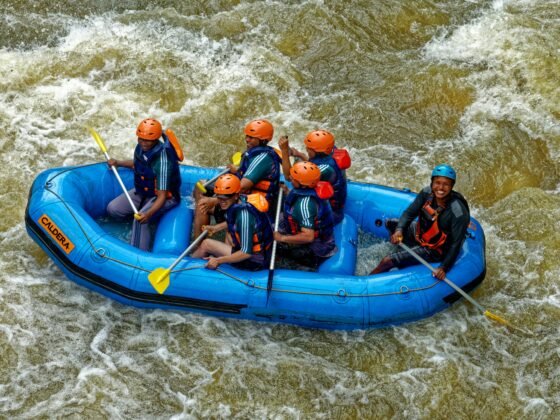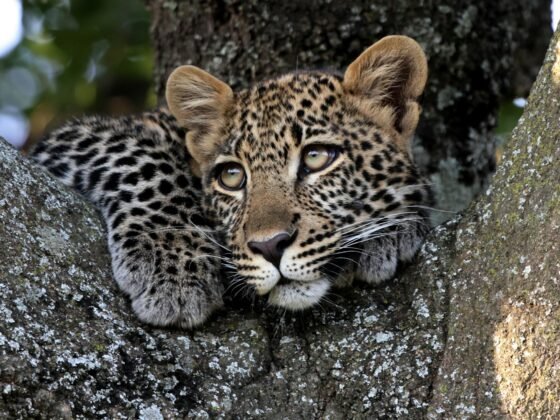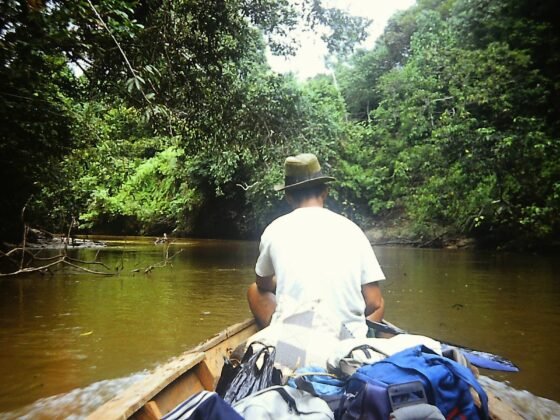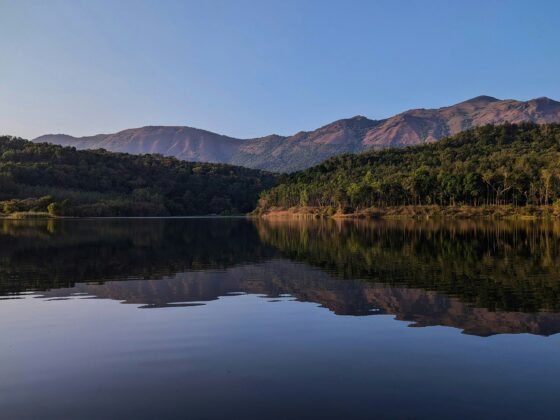Nestled in the heart of the Himalayas, Nepal is the most popular trekking destination in the world for the premiere experience. This Himalayan nation offers breathtaking landscapes, diverse culture and epic mountain views that will make your adventure unparalleled. There are also tons of exploration prospects in Nepal from short and easy hikes to long and challenging Himalayan quests that cater to all levels of trekkers. Whether you want to conquer the Everest Base Camp, walk through the scenic Annapurna Circuit Trek route, or explore the untouched trails of Manaslu Circuit Trek, Nepal offers a trekking experience unlike others.
This guide aims to help you understand everything about exploring different Himalayas routes in Nepal. From popular trekking regions, to the best time to explore the mountain routes, to cultural experiences and essential tips for first-time trekkers, this is a perfect guide to make your debut in the charming Himalayas.
Why Choose Trekking in Nepal?
Himalayan Scenery: One of the most compelling reasons why you should consider trekking in Nepal is due to its breathtaking Himalayan scenery. This beautiful nation is home to eight of the highest peaks in the world and many other incredible aesthetic peaks. Thus, no matter which route you decide to take up the mountain, you will be able to enjoy a different perspective of the Himalayan beauty.
Cultural Experience: Doing a trek in Nepal is not just about the mountains, it is also about the cultural experience. During your trek to the Himalayas, you will pass through traditional settlements with diverse ethnicities and significant religious landmarks. Each region of the mountain represents a distinguished culture and heritage. For instance, Everest Base Camp Trek is popular for Sherpa culture, Annapurna Circuit Trek for Gurung, Magar and Thakli communities and Manaslu Circuit Trek houses Nubri, Tsu and Tamang communities.
Stunning Natural Beauty: Besides the cultural diversity, Nepa is also known for its diversity of landscape. The trekking trails in this Himalayan nation stretch from tropical forests, high hills and terraced farms to alpine meadows and glacier moraines. You will also get a chance to explore exotic flora and fauna that are protected inside conservation areas and national parks.
Adventure and Challenge: Trekking in Nepal also doesn’t fall behind to satisfy the needs of the adrenaline junkies. If you are looking for a sense of accomplishment and thrills, there are tons of prospects you can choose from that take you to the high-altitude base camps and demanding Himalayan passes.
Affordability and Accessibility: Beyond offering a well-rounded adventure that is suitable for every adventurer, the best thing about choosing Nepal as your trek destination is its affordability and accessibility features. Compared to other parts of the world, Nepal offers a budget-friendly experience. Similarly, the teahouses/lodges, guides, porters, trail maintenance, etc which are properly arranged make the experience enjoyable and comfortable.
Popular Trekking Regions in Nepal
Everest Region
If you are planning to take on the exciting trails, you cannot simply miss the most popular trekking destination out of them all. Everest region, which is home to the world’s highest peak, Mount Everest (8,848m) is the top trekking destination in Nepal. This trekking region is famous for the beautiful Sherpa culture, diverse landscape, flora and fauna of Sagarmatha National Park and high altitude trekking experience. Everest Base Camp Trek is the most popular trekking adventure on this route. If you want to steer off the mainstream route to the base camp you can also take up the journey to Gokyo Lakes, the highest freshwater lake system on the planet.
As for the Everest Three High Passes Trek, it is considered a thrilling and challenging endeavor that takes you across three major passes of the Himalayas; Kongma La (5,535m/ 18,159ft), Cho La (5,420m/ 17,782ft) and Renjo La (5,360m/ 17,585ft). This three-pass trek will take you to both major highlights of the region Gokyo Lake and Everest Base Camp as well.
Annapurna Region
After high altitude Everest region, the Annapurna region is another popular trekking prospect in Nepal that is known for its incredible diversity. You will have several trekking options to choose from during your exploration of this region, from short and scenic routes to challenging high-altitude endeavors. Along the way, you will also get the chance to explore the traditional Magar and Gurung villages with rich heritage. Annapurna Circuit Trek the most popular trekking adventure after Everest Base Camp Trek takes place in this region.
This circular journey of Mount Annapurna also takes you across the major Himalayan pass, Thorung La (5,416m/ 17,769ft). If you are looking for a milder experience, Annapurna Base Camp Trek will lead you to the foothills directly beneath this breathtaking peak. Likewise, the Ghorepani Poonhill Trek is a popular cultural and natural experience that is famous for its relatively easy difficulty scale.
Langtang Region
If you ask any trekkers who have done Himalayan explorations in Nepal what is the next best destination after Everest Base Camp Trek and Annapurna Circuit Trek, the Langtang Valley Trek is an obvious answer. Located near the Kathmandu Valley, this trekking region is famous for the incredible alpine scenery and the rich Tamang culture. This is the perfect destination for trekkers who want to embrace the Himalayan beauty without the crowds of the Everest and Annapurna regions.
The Langtang Valley Trek leads to the higher part of the valley to Kyanjin Gompa (3,900m/ 12,795ft) and to the basin of Mount Lantang Lirung (7,227m/ 23,710ft). Langtang Gosaikunda Trek is another popular trekking prospect that leads to the sacred lake. If you want a milder experience, then you can go for the Tamang Heritage Trek which takes you on an immersive journey across the traditional Tamang settlements.
Off-the-Beaten-Path Regions
Besides the mainstream trekking adventures in Nepal like Everest Base Camp Trek and Annapurna Circuit Trek, there are also other fascinating trekking destinations in Nepal that have been labeled as restricted areas. These destinations are popular for their untampered landscape and culture. The remoteness factors of these treks do add challenge but the raw beauty, unique culture and solitude experience will be an unforgettable part of the journey. Manaslu Circuit Trek is one of the most popular off-beaten experiences in Nepal. As the journey is moderate level, short and rewarding, this trek is preferred by most trekkers for the exploration of the raw Himalayan beauty.
Manaslu and Tsum Valley Trek is another popular adventure prospect in this region which takes you on the Manaslu Circuit Trek route and to sacred Tsum Valley. If you are looking for longer and more challenging routes, Kanchenjunga Trek, Makalu Base Camp Trek, and Upper Dolpo Trek are the next best alternatives.
Essential Tips for First-Time Trekkers
Choose Best Time for Trek: There are typically two seasons that are considered the best to trek in Nepal; spring (March to May) and autumn (September to November). These popular trekking seasons offer pleasant weather, clear mountain views and immense cultural experience.
Select Right Trek: For your trek in Nepal consider selecting a suitable adventure based on your fitness level, experience and overall difficulty level of the trek.
Train and Prepare Physically: As you will walk for multiple hours and traverse across challenging mountain terrain, it is very crucial to train for the trek. A minimum of 4 to 6 weeks of physical training is necessary for high-altitude treks in Nepal.
Pack Smartly: Bring all the essentials to handle diverse climatic conditions at different altitudes. Pritoize layers, helpful gear, personal care items, navigating equipment, etc.
Acclimatize Properly: It is important to follow a well-managed acclimatization schedule to avoid the risk of altitude sickness during the trek. Rest, hydration and balanced nutrition are the key points to avoid altitude sickness during the trek.
Hire a Guide or Trek Through an Agency: Managing everything by yourself can be a challenge. So hiring a licensed guide or trekking through a reputable agency will guarantee a safe and enjoyable journey.












